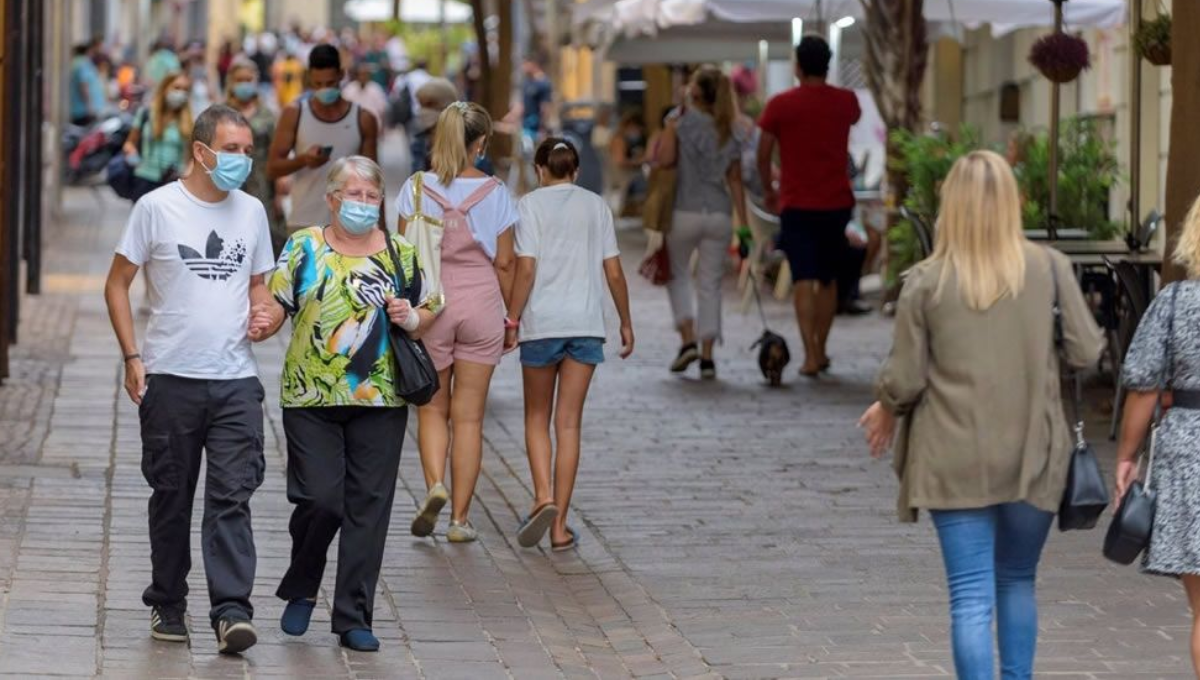Public health surveillance (VSP) is defined as the set of activities aimed at collecting, analyzing, interpreting and disseminating information related to the health status of the population and the factors that condition it, in order to base public health actions. Not in vain, VSP is considered one of the essential functions of Public Health and, as demonstrated during the Covid-19 pandemic, it is the key element to access the information necessary for informed decision-making regarding risk situations for the health of the population.
In this context, the latest ‘Study of the framework of human resources and training in public health surveillance in the National Health System’, carried out by the Ministry of Health, analyzes the current situation of human resources dedicated to this area in the DC. AA., the National Epidemiology Center (CNE) of the Carlos III Health Institute (ISCIII) and the Center for the Coordination of Health Alerts and Emergencies (CCAES) of the Ministry of Health, to identify the areas of improvement and make informed decisions about possible reforms needed.
The document reflects that there is no plan at the regional or state level for the management of human resources dedicated to public health surveillance, something that is recommended.
In this way, the document reflects that there is no plan at the regional or state level for the human resources management dedicated to public health surveillance, something he recommends. All in all, 11% of public health posts were allocated to public health surveillance within the autonomous communities, with large differences between them that should be harmonized. Likewise, in the case of the CCAES, the percentage is similar to that registered at the regional level (12%).
Therefore, without accounting for vacant positions, the Ministry of Health report estimates that there are 1.68 VSP places per 100,000 inhabitants in the CCs. AA.. 69.6% of which were occupied by women, while in the CCAES and CNE these percentages were 60% and 90.9%, respectively. Likewise, at the regional level, 27.5% of the professionals at the time of the study -2022- were over 60 years old, compared to none in the CCAES and 15.2% in those who occupied positions in the CNE. A reality in the face of which they recommend continuing to incorporate new trained professionals for the timely generational change.
All the Autonomous Communities believe that they could increase the workforce in an emergency, but only one region (Community of Madrid) has a specific plan defined to expedite the hiring of reinforcements
In the same way, territorial inequality is also reflected in other factors such as professional career. Given that the civil servant regime is the predominant one among the personnel who work in public health surveillance, only in 8 of 15 CCs. AA. who reported in this regard enjoy a professional career and only in two of these CCs. AA. The professional career is the same for statutory personnel as for civil servants. At the central level, civil servants do not have a professional career. Furthermore, in relation to public health surveillance guards, there is a remuneration system in 9 of the 15.
On the other hand, the documenta brings to light that the autonomous mechanisms most used to increase staff in emergency situations were the hiring of temporary stafffollowed by the transfer of statutory personnel from the health service, personnel from autonomous organizations and foundations. Along these lines, all the Autonomous Communities believe that they could increase the workforce in an emergency, but only one region (Community of Madrid) has a specific plan defined to expedite the hiring of reinforcements.
At the regional level, 44.4% of the staff were graduates in Medicine, followed by a degree in Nursing (31.6%). Only 2.2% of VSP professionals had degree training in data analysis
Another aspect that the report affects is the need to invest in training for these professionals at VSP. In this regard, it clarifies that, at the regional level, 44.4% of the staff were graduates in Medicine, followed by those with a degree in Nursing (31.6%). Only 2.2% of VSP professionals had degree training in data analysis. Likewise, at the central level, Medicine is the most common degree (76% in the CCAES and 40% in the CNE). Furthermore, it is observed that the Nursing profession was less represented at the national level than in the CCs. AA…
Along the same lines, only 40% of the CC. AA. They had courses continuing health training accredited in VSP. The main courses offered are Surveillance/Epidemiology courses (general) and communicable disease surveillance and control courses (general and disease-specific). At CCAES, although they are not specific VSP courses, statistical package courses and data protection courses are offered. Finally, accredited courses on methodology and statistical packages are taught at the CNE.
Based on the analysis of the Ministry of Health on the reality of public health surveillance in Spain, more mechanisms for providing jobs are recommended
In short, based on the Ministry of Health’s analysis of the reality of public health surveillance in Spain, more mechanisms for providing jobs are recommended; a increase in staff; facilitate better remuneration and professional development for these workers; provide them with timely training; or the creation of specific plans in the face of health emergencies throughout the territory. All this, on the basis of conditions that are as unified as possible in all the Autonomous Communities.
ConSalud’s content is prepared by journalists specialized in health and endorsed by a committee of top-level experts. However, we recommend that the reader consult any health-related questions with a healthcare professional.
